When Diamonds Fall from the Sky: Austria's Growing Battle with Destructive Hail
Explore Austria's intensifying hailstorms: what's driving their increase, their devastating impact, and how cutting-edge meteorology and community resilience are key to adapting.
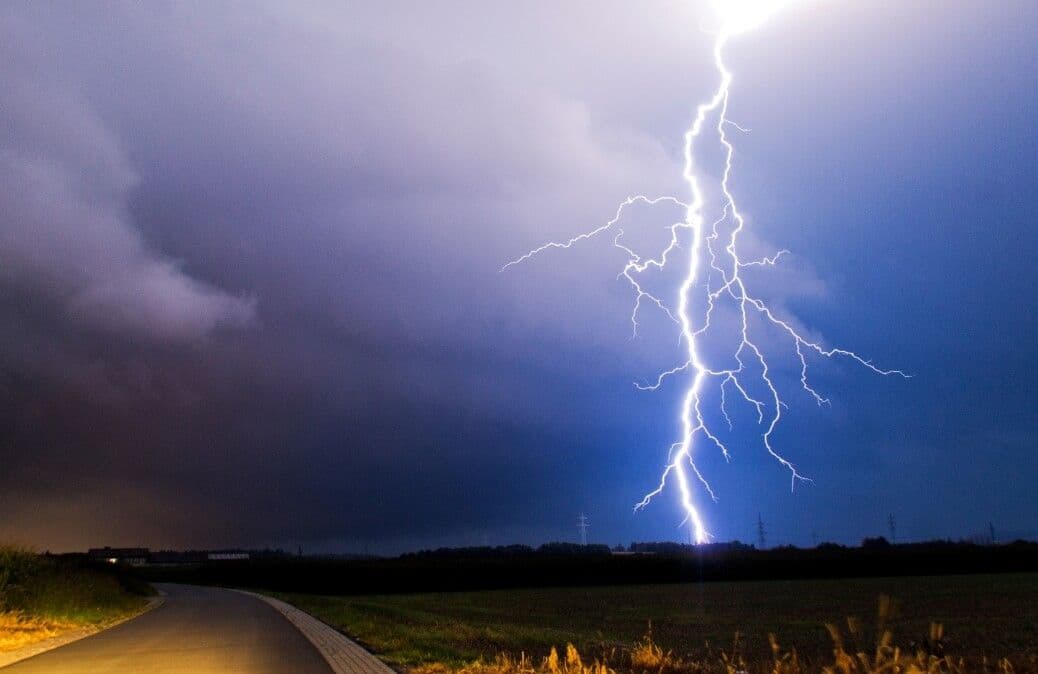
The Sky's Sudden Fury: A New Reality for Austrian Weather
Austria, a nation celebrated for its stunning Alpine vistas and serene landscapes, is experiencing a profound transformation in its meteorological patterns. What were once considered isolated or infrequent severe weather events, such as intense hailstorms, are now becoming a disconcertingly common and destructive reality. The term 'unwetter hagel' – severe hail – barely conveys the sheer force observed in recent years, with communities grappling not only with large hailstones but also with powerful gales, torrential downpours, and even credible suspicions of tornadoes, as recently evidenced in parts of . This shift is not merely an anomaly; it represents a clear trend towards more potent and damaging atmospheric phenomena. Weather forecasts now routinely highlight the elevated risk of "heavy thunderstorms" accompanied by significant hail and strong wind gusts, particularly affecting the eastern and southern regions. For instance, recent summer months have seen a noticeable increase in days with heavy precipitation, challenging traditional perceptions of a mild Austrian summer. It serves as a stark reminder that this picturesque nation is now at the forefront of climate change's extreme weather manifestations.
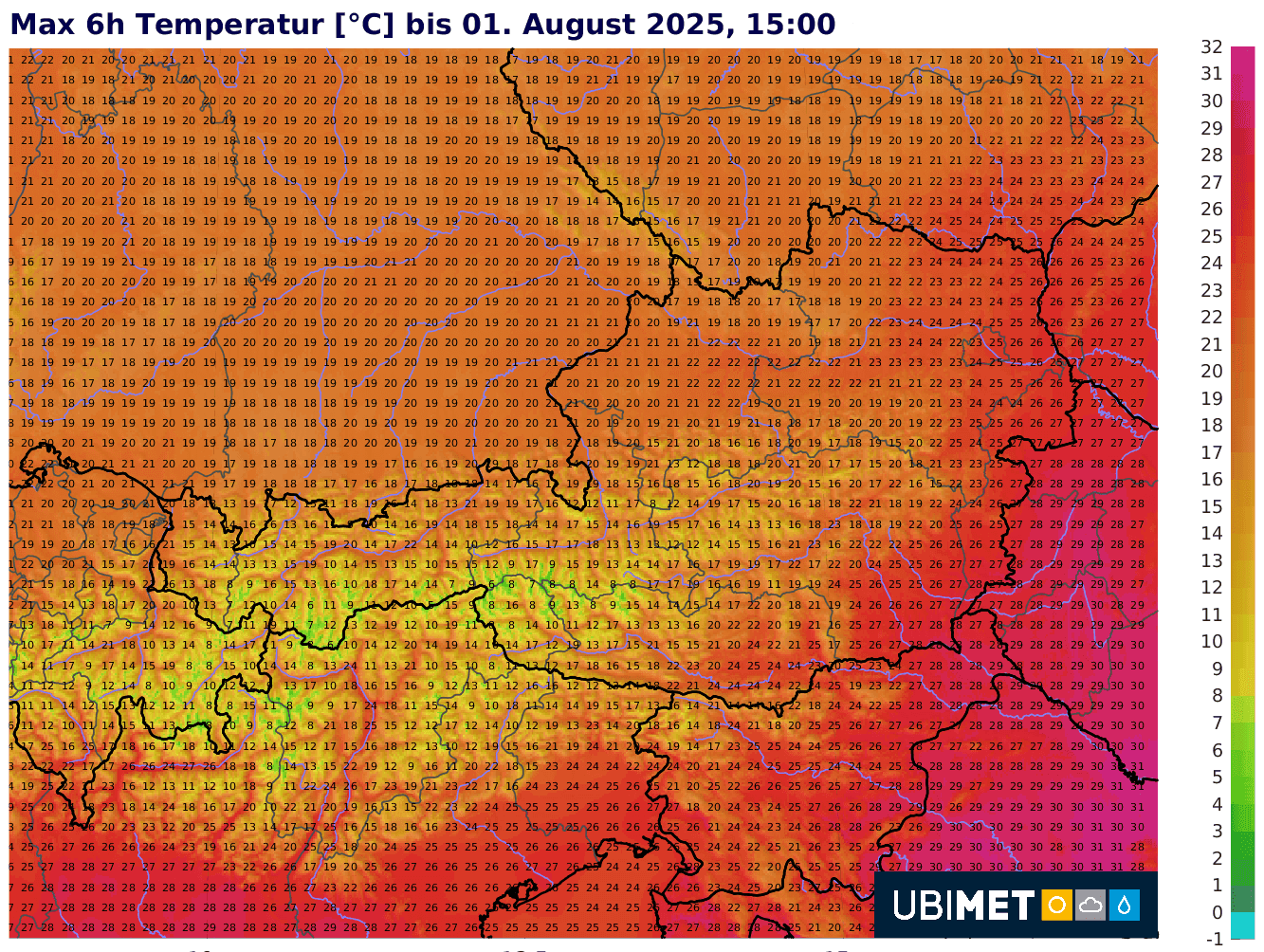
Behind the White Blanket: Unpacking the Science of Supercells
To comprehend the escalating ferocity of Austrian hailstorms, one must delve into the complex atmospheric conditions that give rise to them. These are not typical summer storms; we are talking about , the most formidable type of thunderstorm, renowned for their capacity to produce exceptionally large and destructive hail. The meteorological environment over , particularly during the warmer seasons, is increasingly favorable for their development. A persistent low-pressure influence, often originating from northern Europe, frequently interacts with an influx of warm, moisture-laden air from the south. This confluence elevates ground temperatures, sometimes reaching nearly 30 degrees Celsius in areas like and . When a cooler air mass or a cold front then intrudes into this highly unstable, warm and humid air, it creates the ideal recipe for explosive convection. The significant thermal contrasts and abundant latent heat energy in the atmosphere fuel incredibly powerful updrafts, lifting water droplets high into the freezing layers where they accrete into massive hailstones before descending with devastating impact.
Counting the Cost: The Impact on Communities and Landscapes
When these 'frozen pearls' descend from the sky, their momentary spectacle is quickly overshadowed by the profound devastation they inflict. The repercussions of severe hail in extend far beyond minor inconvenience, resulting in substantial economic and social burdens. The agricultural sector, especially vineyards, fruit orchards, and arable land, can be utterly destroyed within minutes, leading to immense financial losses for farmers whose livelihoods depend on these harvests. Urban areas experience widespread damage to roofs, building facades, and vulnerable infrastructure like , while countless vehicles are left with significant dents and shattered glass. Beyond the immediate physical destruction, these events invariably disrupt daily life, cause widespread power outages, and place immense strain on emergency services. The psychological toll on affected communities, witnessing their homes and sources of income ravaged by nature's fury, is also considerable, initiating prolonged recovery efforts that can span months or even years. This highlights the multifaceted and enduring challenge posed by escalating hailstorms.
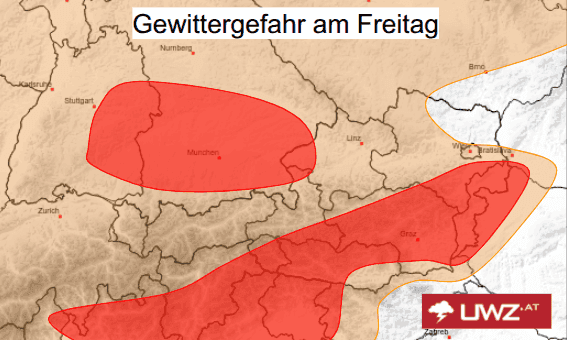
Forecasting the Future: Innovations in Early Warning and Preparedness
In response to these intensifying meteorological threats, are significantly enhancing their capabilities, embracing cutting-edge innovations to deliver earlier and more precise warnings. The era of generic storm alerts is rapidly receding, supplanted by highly sophisticated numerical weather prediction models that offer unprecedented granular detail. Tools like high-resolution convection-permitting models are crucial for anticipating the exact locations and timings where severe weather, including large hail, is most likely to strike. Advanced now provide real-time insights into storm dynamics, tracking the size, intensity, and trajectory of hailstones within developing supercells, enabling highly localized and targeted alerts. This technological leap empowers authorities to issue timely 'Warnlagebericht' (warning situation reports), granting communities invaluable hours to prepare. Furthermore, public warning systems, encompassing mobile alerts and digital platforms, play a critical role in efficiently disseminating this vital information. These advancements are not merely about predicting the weather; they are fundamentally about empowering individuals and emergency responders to take proactive measures, thereby minimizing damage and safeguarding lives across the nation.
Building Resilience: Adapting to Austria's Changing Climate
While sophisticated forecasting remains indispensable, acknowledges that long-term resilience against extreme weather necessitates a comprehensive and holistic strategy. Adapting to a rapidly changing climate demands a fundamental re-evaluation of how communities are constructed, how agricultural practices are managed, and how critical infrastructure is designed. This involves actively promoting climate-resilient construction methods, such as reinforced roofing, impact-resistant windows, and durable building materials, particularly in regions frequently exposed to hail. Farmers are increasingly exploring diversified crop portfolios or deploying protective netting systems to mitigate the impact of sudden heavy rainfall and hail events. Urban planning initiatives are incorporating green infrastructure solutions, including permeable pavements and expanded green spaces, to better manage stormwater runoff and reduce flood risks. Beyond physical interventions, there is a growing emphasis on widespread public education and preparedness campaigns, fostering a proactive culture of readiness within vulnerable communities. This multi-faceted approach, shifting from reactive responses to proactive adaptation, is crucial for to protect its citizens, economy, and unique natural heritage against the escalating wrath of 'unwetter hagel' in a future shaped by climate change.
Related Articles
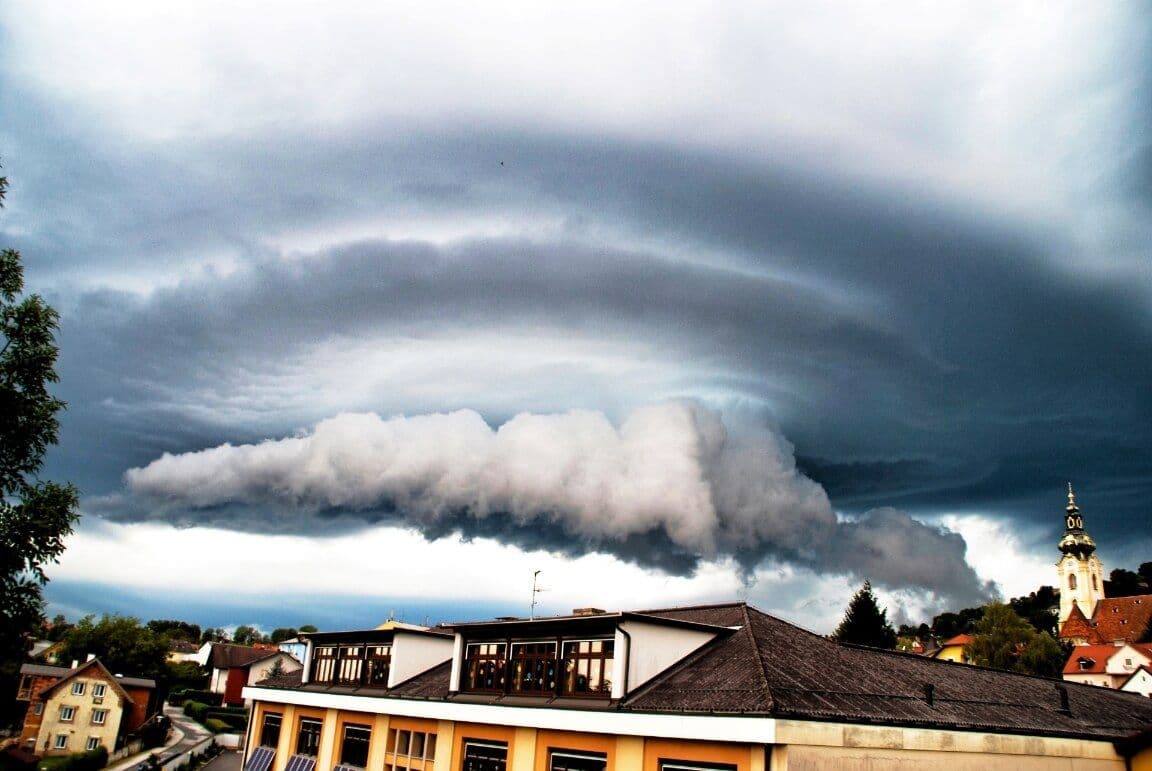
When the Sky Turns Stone: Decoding Austria's Escalating Hail Threat

When the Sky Turns Stone: Decoding Austria's Escalating Hail Threat

When Sky Stones Fall: Navigating the New Era of Extreme Hail

When Sky Stones Fall: Navigating the New Era of Extreme Hail

The Coming Deluge: Germany's Highest Storm Alert and the Battle for Resilience

The Coming Deluge: Germany's Highest Storm Alert and the Battle for Resilience
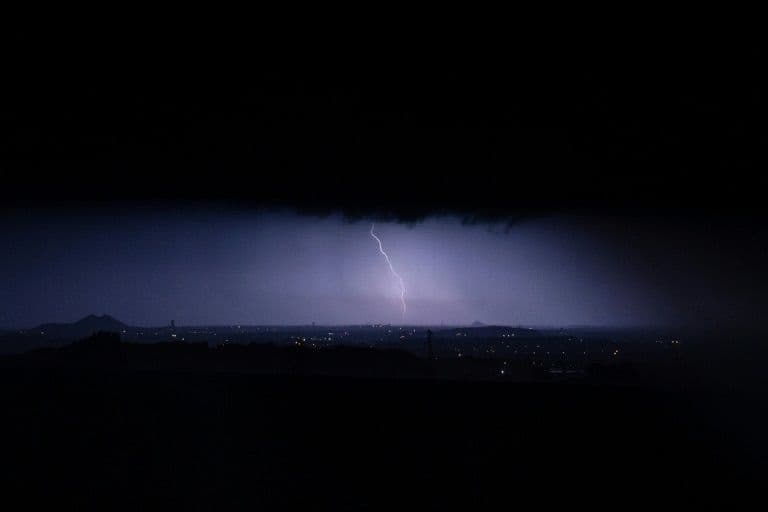
Beyond the Thunderclap: Unpacking the Silent Dangers of Hailstorms
